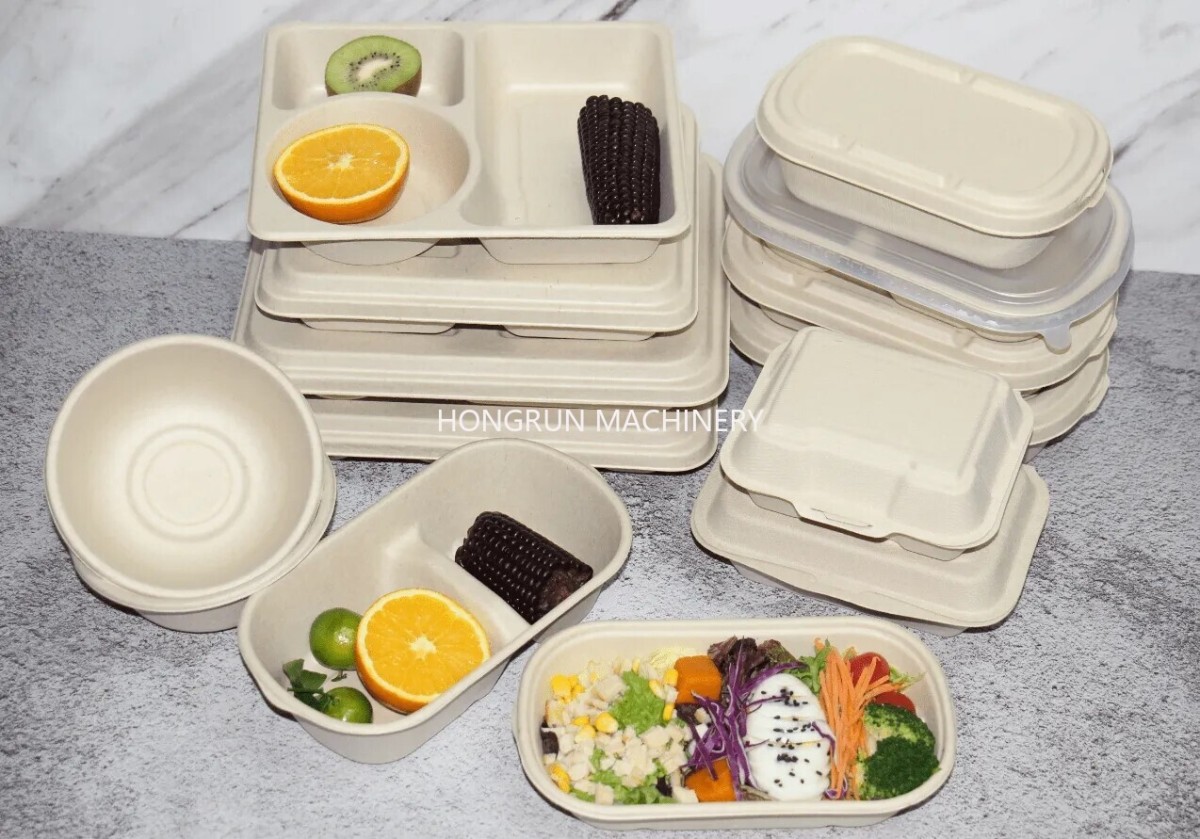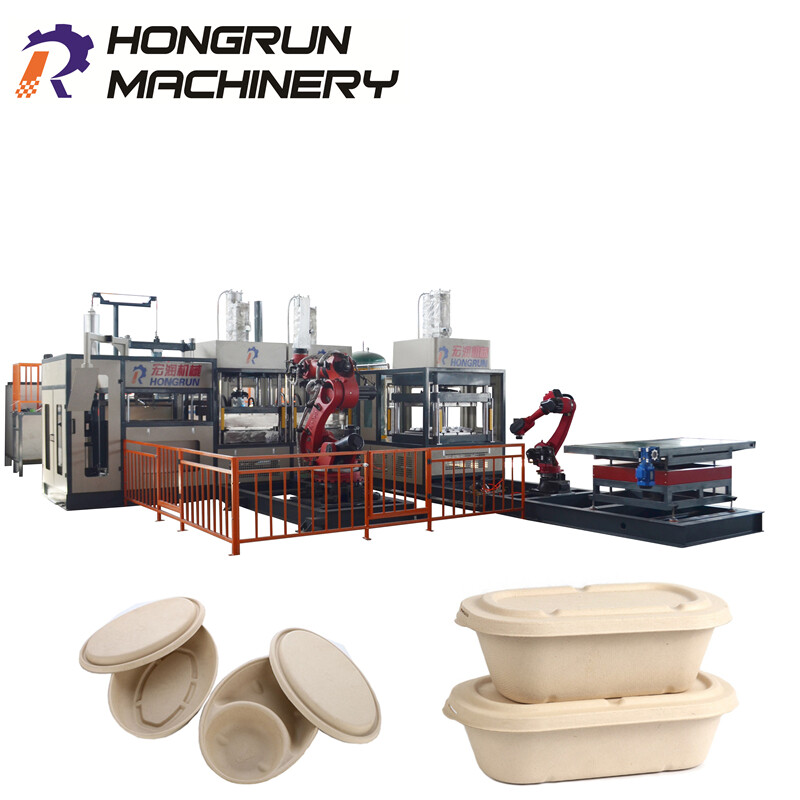PRODUCTS
Semi-automatic pulp food tableware machine
Paper pulp food tableware machine is a piece of equipment used to manufacture food containers and tableware, such as plates, bowls, and trays, from paper pulp. The process involves converting waste paper or wood fibers into pulp, which is then molded into the desired shape using heat, pressure, and drying.
Here's how it generally works:
1. Pulping: Paper or plant fibers are mixed with water to create a slurry or pulp.
2. Molding: The pulp is poured into molds, where it takes the shape of the tableware (e.g., plates or containers).
3. Drying and Hardening: The molded pulp is dried and hardened through either air drying or using a hot press, ensuring the final product is sturdy enough for use.
4. Finishing: The tableware may undergo further treatments like coating for durability or additional drying steps.
These machines are primarily used in the production of biodegradable and eco-friendly food packaging. Since they are made from paper, the products are compostable and serve as an environmentally friendly alternative to plastic or Styrofoam containers.
Production process
[Raw material warehouse] → [Fiber dissociation] → [Vacuum adsorption molding]
↓
[Hot pressing] (180-220 ℃) → [Laser trimming] (accuracy ± 0.05mm)
↓
[Hydrophobic coating] → [AI visual inspection] → [Blockchain coding]
Comparison of mainstream models
Core performance indicators
Application

Search Starts Here



